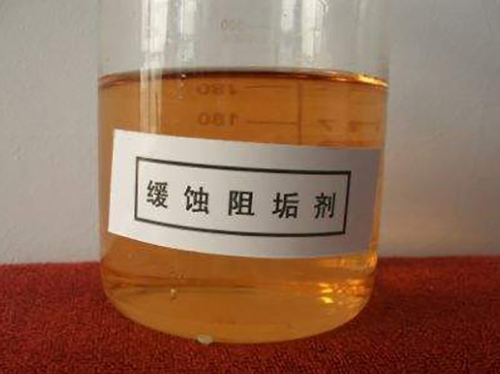Flocculant Applications for Effective Water Treatment Solutions and Techniques
Flocculant Water Treatment An Essential Process for Clean Water
Water is one of the most vital resources on our planet, sustaining life and driving ecosystems. However, with increasing industrial activities, urbanization, and agricultural runoff, the quality of water sources is often compromised. One effective method for treating contaminated water is flocculation, a process that plays a crucial role in water purification.
Understanding Flocculation
Flocculation is a chemical process in which fine particulates are agglomerated into a floc, a clump or mass of material. This process is essential in water treatment, particularly in the removal of suspended solids and colloidal particles. When water is contaminated with impurities, these particles can lead to turbidity, making the water unsafe for consumption or other uses.
The process typically involves the addition of flocculants, chemicals that help promote the agglomeration of particles. Commonly used flocculants include aluminum sulfate (alum) and various synthetic polymers. When added to the water, these chemicals bind to the tiny particles, forming larger aggregates that can be more easily removed from the water through sedimentation or filtration.
The Flocculation Process
The flocculation process generally consists of three stages coagulation, floc formation, and sedimentation.
1. Coagulation This initial stage involves the rapid mixing of flocculants with the contaminated water, which destabilizes the charged particles in the water. This destabilization is crucial as it helps the particles to overcome their natural repulsion and start to come together.
2. Floc Formation After coagulation, the water is gently stirred, allowing the destabilized particles to collide and aggregate into larger clusters, or flocs. This gentle mixing is vital; too much agitation can break apart the formed flocs, while too little may not allow for effective aggregation.
3. Sedimentation Once the flocs have formed, the water is allowed to stand undisturbed, allowing the larger aggregates to settle to the bottom of the treatment tank. This sedimentation stage is crucial for separating the clean water from the settled solids, which can then be removed or further treated.
floc water treatment

Benefits of Flocculant Water Treatment
Flocculant water treatment offers numerous benefits. Firstly, it effectively reduces turbidity, improving the aesthetic and physical quality of water. This is particularly significant for drinking water, where clarity is essential for safety and public health.
Secondly, flocculation helps to remove harmful contaminants like bacteria, viruses, and heavy metals. The larger flocs can trap these undesirable substances, allowing for more efficient removal than traditional filtration methods. This is especially important in settings where water sources are exposed to industrial discharge or agricultural runoff.
Moreover, the process is cost-effective and can be easily scaled to fit various water treatment facilities, from large municipal plants to small rural systems. The ability to use different types of flocculants also allows for flexibility in addressing specific water quality issues and optimizing treatment efficiency.
Challenges and Considerations
Despite its advantages, flocculant water treatment is not without challenges. The selection of the appropriate flocculant is critical, as different flocculants may have varying effectiveness depending on the type and concentration of contaminants present. Additionally, the disposal of sludge formed during the sedimentation process can pose environmental challenges, requiring careful management to prevent secondary pollution.
Furthermore, overuse or improper application of flocculants can harm aquatic ecosystems. Therefore, ongoing research and monitoring are essential to ensure that flocculation processes remain sustainable and do not negatively impact natural water bodies.
Conclusion
Flocculant water treatment is an effective and vital process for ensuring safe and clean water supply. As global water challenges continue to escalate, the role of advanced water treatment technologies, including flocculation, will be more crucial than ever. By optimizing these processes and addressing associated challenges, we can work towards a more sustainable and healthy future. Clean water is not just a necessity; it is a fundamental right, and flocculation is one of the keys to achieving that goal.
-
LK-319 Special Scale And Corrosion Inhibitor For Steel Plants: Advanced Solutions for Industrial Water SystemsNewsAug.22,2025
-
Flocculant Water Treatment: Essential Chemical Solutions for Purification ProcessesNewsAug.22,2025
-
Isothiazolinones: Versatile Microbial Control Agents for Industrial and Consumer ApplicationsNewsAug.22,2025
-
Scale Inhibitor: Key Solutions for Water System Scale PreventionNewsAug.22,2025
-
Organophosphonates: Versatile Scale Inhibitors for Industrial Water SystemsNewsAug.22,2025
-
Scale and Corrosion Inhibitor: Essential Chemical Solutions for Water System MaintenanceNewsAug.22,2025





